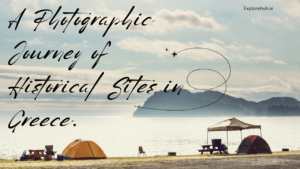Iceland is a rugged wonderland filled with towering glaciers, roaring waterfalls, and vast volcanic landscapes. Whether you dream of scaling ice-capped peaks or diving between two continents, Iceland delivers heart-racing experiences that no other place on Earth can match.
But with extreme landscapes come extreme weather conditions. Knowing the best time to visit can make all the difference in crafting the perfect adventure.
Table of Contents
Understanding Iceland’s Seasons

Before planning your trip, it’s crucial to understand how Iceland’s seasons shape adventure opportunities.
Winter (November – March)
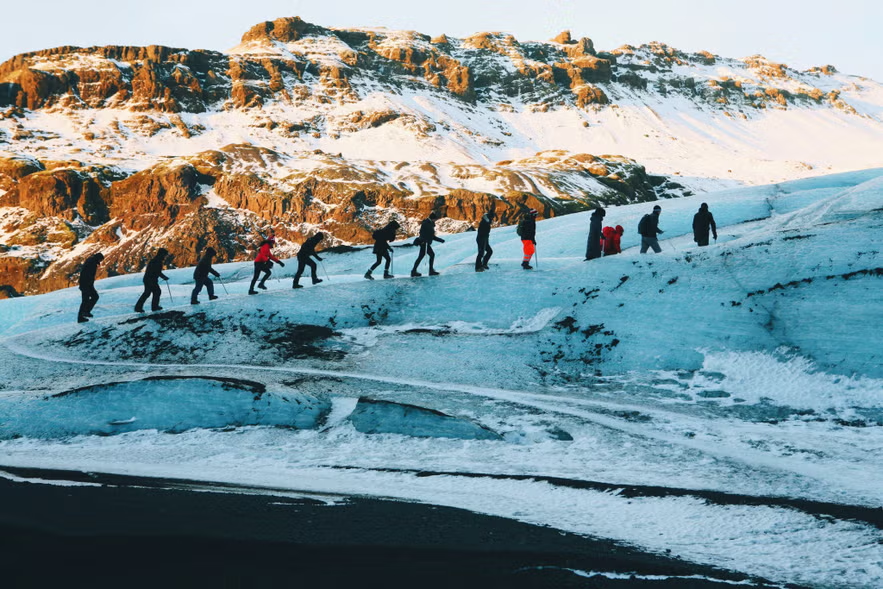
- Freezing temperatures but stunning snowy landscapes
- Ideal for Northern Lights, ice caves, and glacier activities
Spring (April – May)
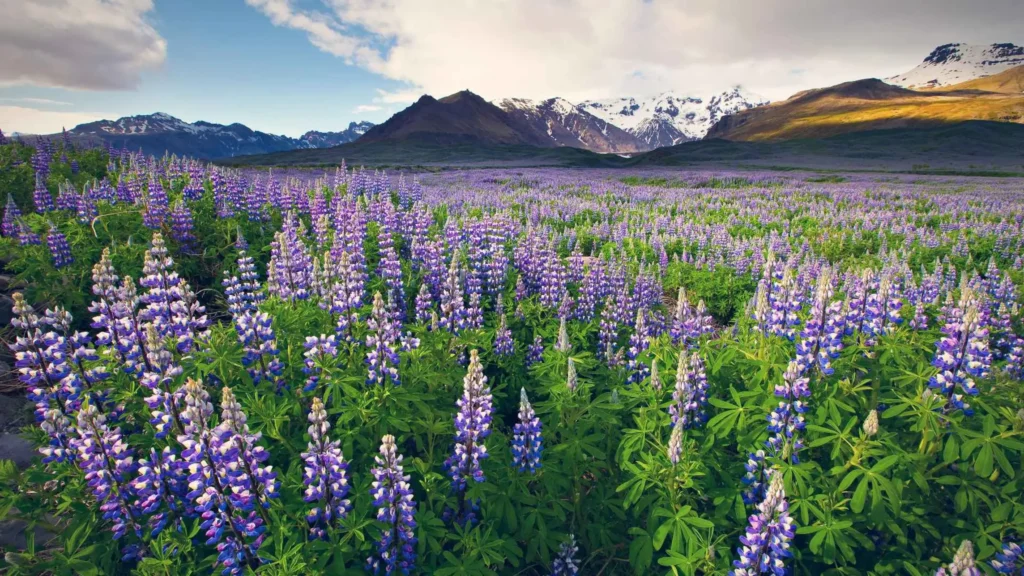
- Milder weather with melting ice
- Good time for road trips and early-season hiking
Summer (June – August)
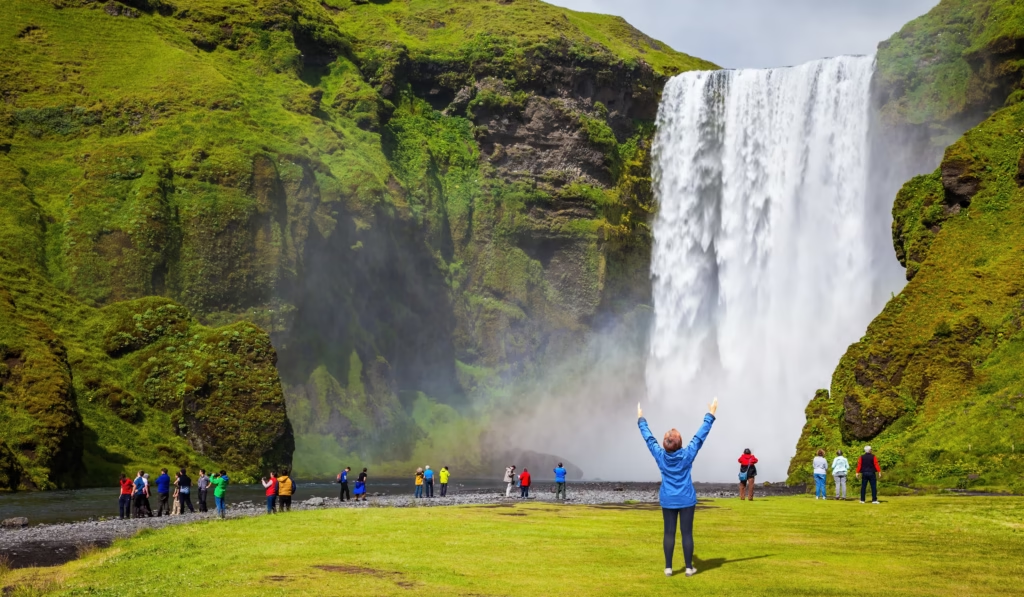
- Warmer temperatures with nearly 24-hour daylight
- Perfect for hiking, rafting, and highland adventures
Fall (September – October)
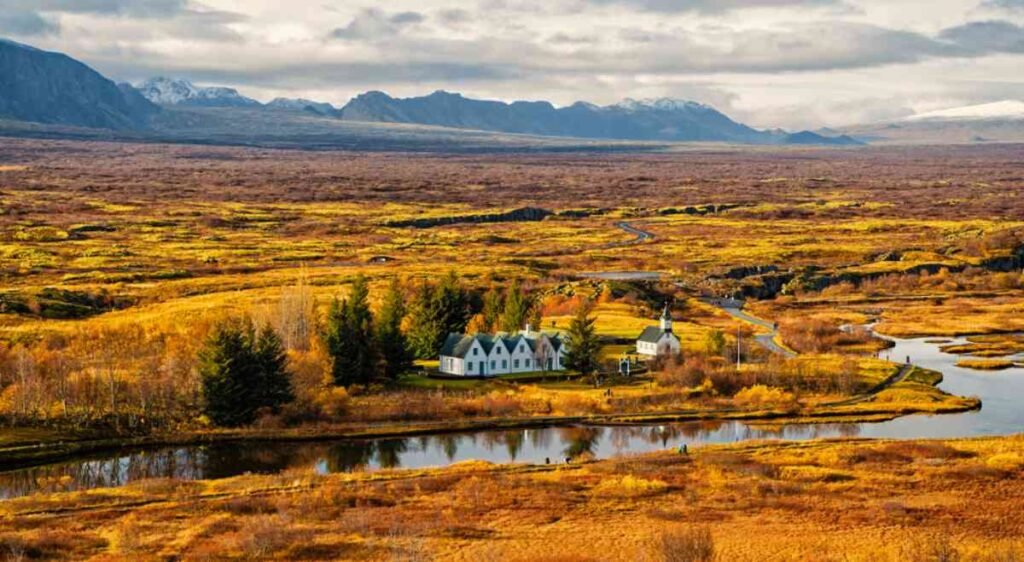
- Cooler weather with fewer crowds
- Great for autumn landscapes and early Northern Lights
Winter Adventures (November – March)

Winter in Iceland is an icy wonderland. If you love snow-covered landscapes and don’t mind the cold, this is the best time for some of the most unique experiences.
Chasing the Northern Lights
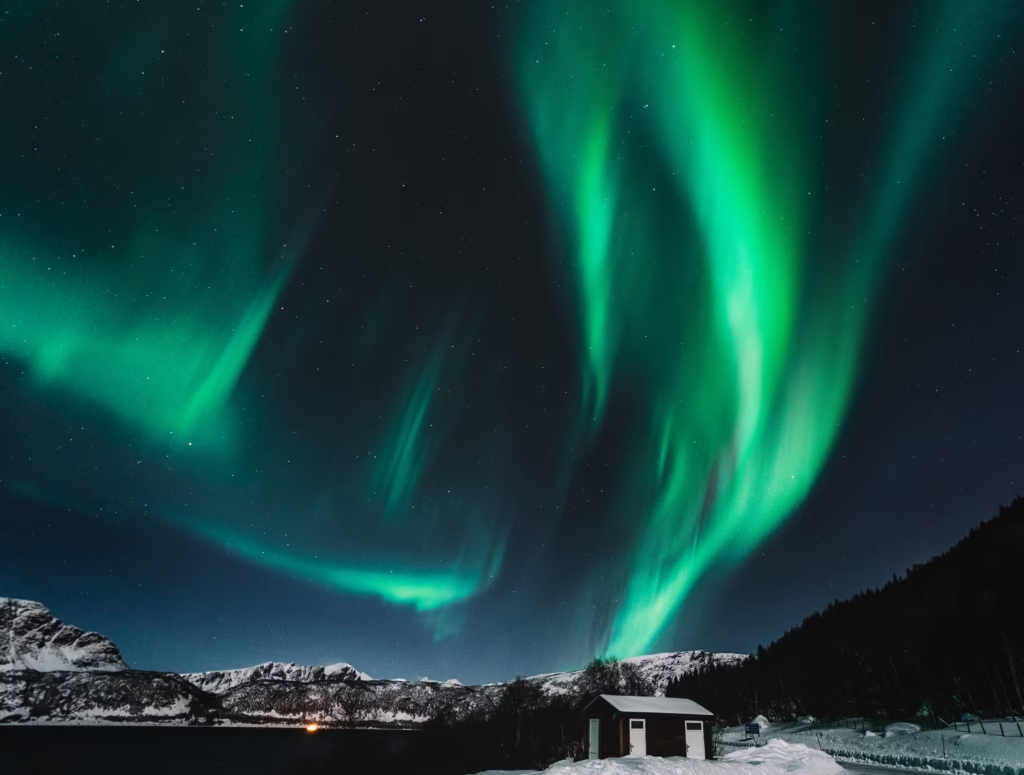
From November to March, Iceland offers some of the best chances to see the Aurora Borealis dancing across the sky. Head to remote areas like Thingvellir National Park or Jokulsarlon Glacier Lagoon for the best views.
Ice Caving in Vatnajökull National Park
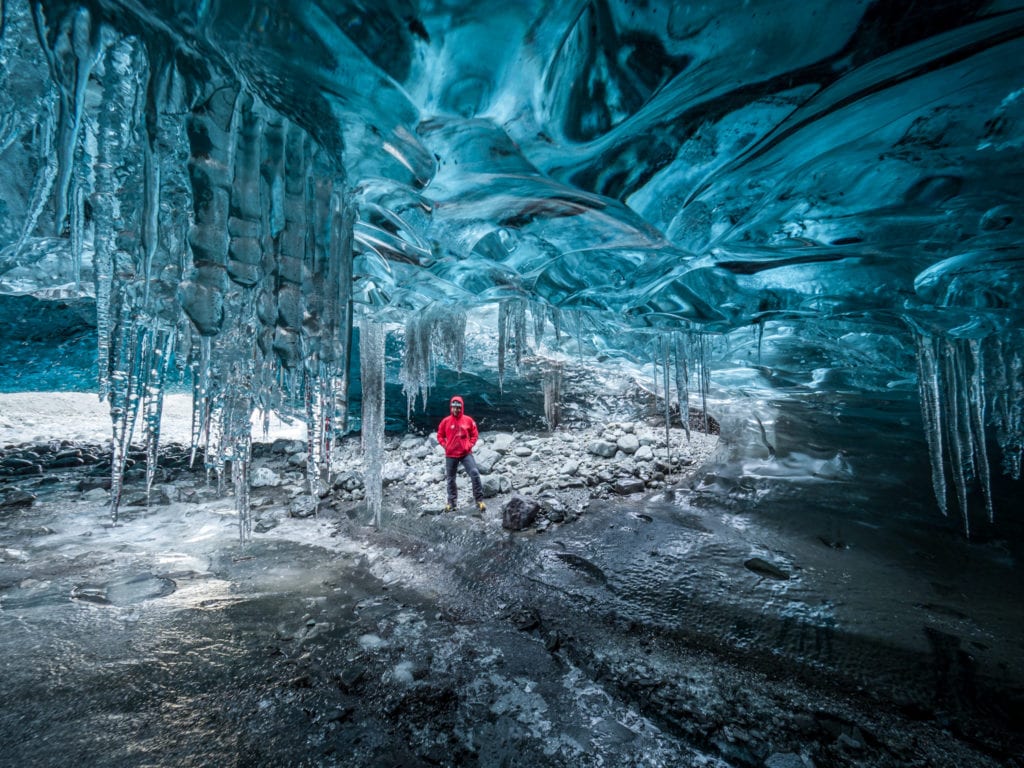
One of Iceland’s most surreal experiences, ice caving is only accessible in winter. Step inside glowing blue ice tunnels and witness nature’s frozen beauty.
Glacier Hiking and Ice Climbing

Strap on crampons and hike across ancient glaciers like Sólheimajökull or Skaftafell. For an extra thrill, try ice climbing on vertical walls of ice!
Snowmobiling Across Frozen Landscapes
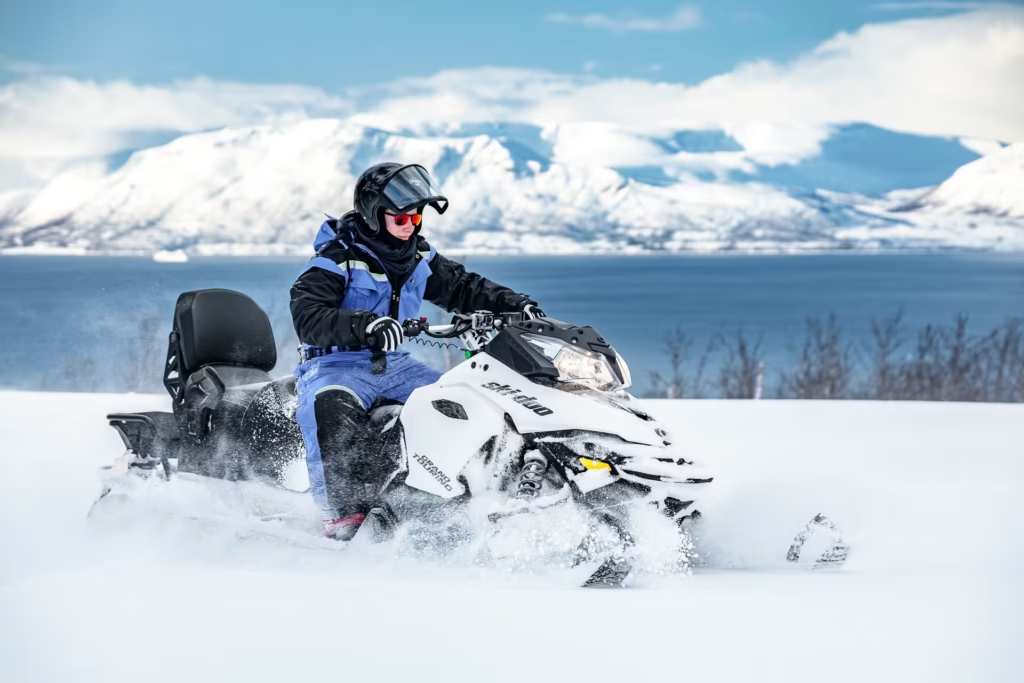
Race across Iceland’s glaciers on a high-speed snowmobile tour. Langjökull Glacier is one of the best places for this exhilarating ride.
Whale Watching in Icy Waters
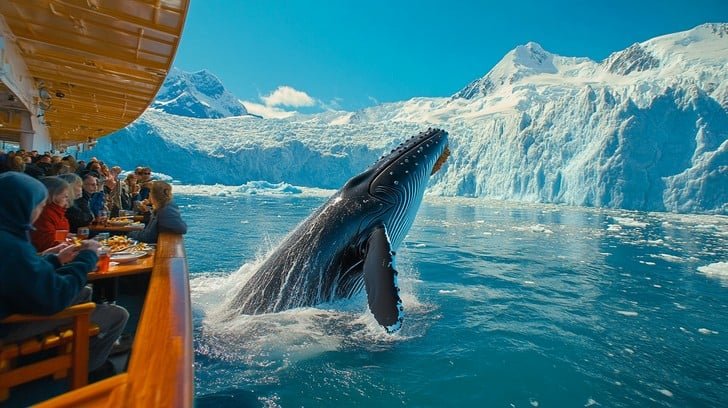
Winter is prime time to spot orcas and humpback whales along the coast of the Snæfellsnes Peninsula.
Spring Adventures (April – May)

As the ice begins to thaw, Iceland transforms into a stunning landscape of waterfalls, wildlife, and road trip opportunities.
Exploring Thawing Ice Caves

Some ice caves remain accessible in early spring, offering a different but equally mesmerizing experience.
Puffin Spotting Along the Cliffs
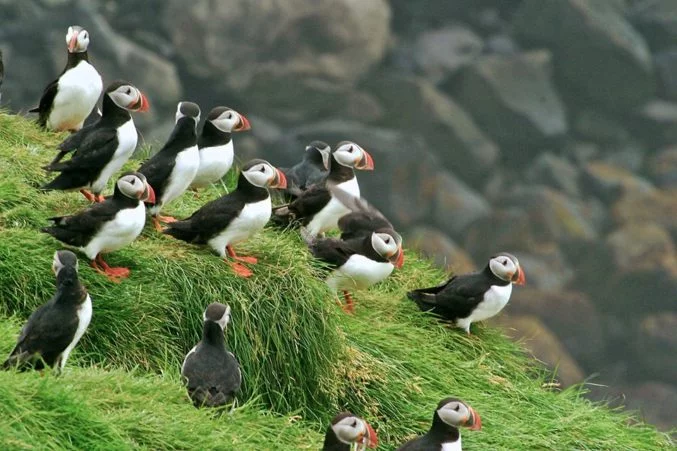
Puffins return to Iceland’s cliffs in April, making this the best time to see these adorable seabirds up close.
Early-Season Road Trips on the Ring Road
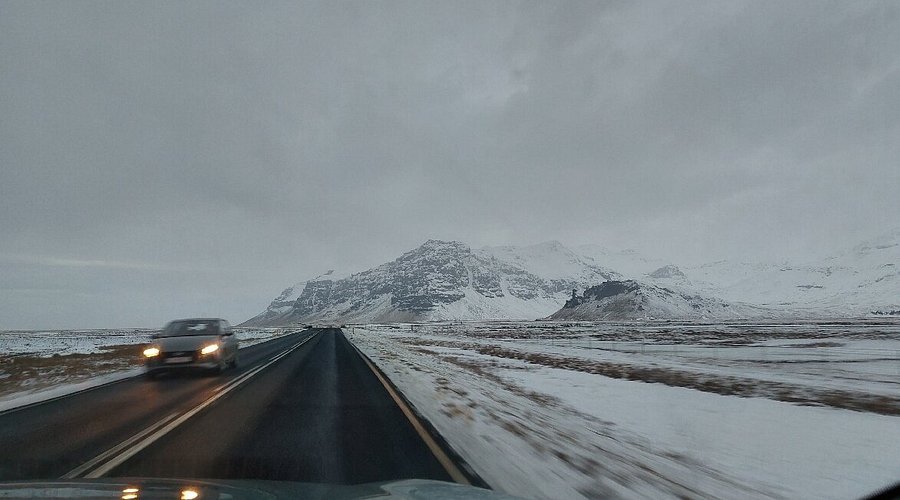
Spring means fewer crowds, making it a perfect time for an epic drive around Iceland’s famous Ring Road.Waterfalls at Their Peak Flow
Melting snow feeds Iceland’s waterfalls, making sights like Gullfoss and Skógafoss more powerful than ever.
Summer Thrills (June – August)
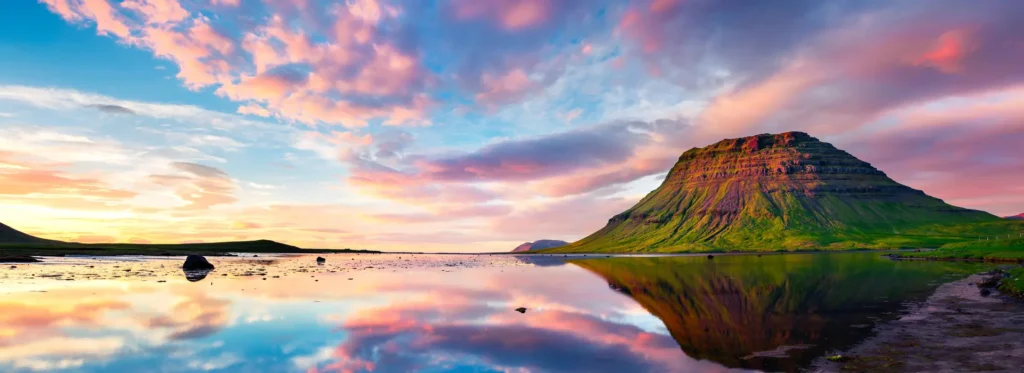
Iceland in summer is all about long daylight hours and outdoor adventures.
Midnight Sun Hiking
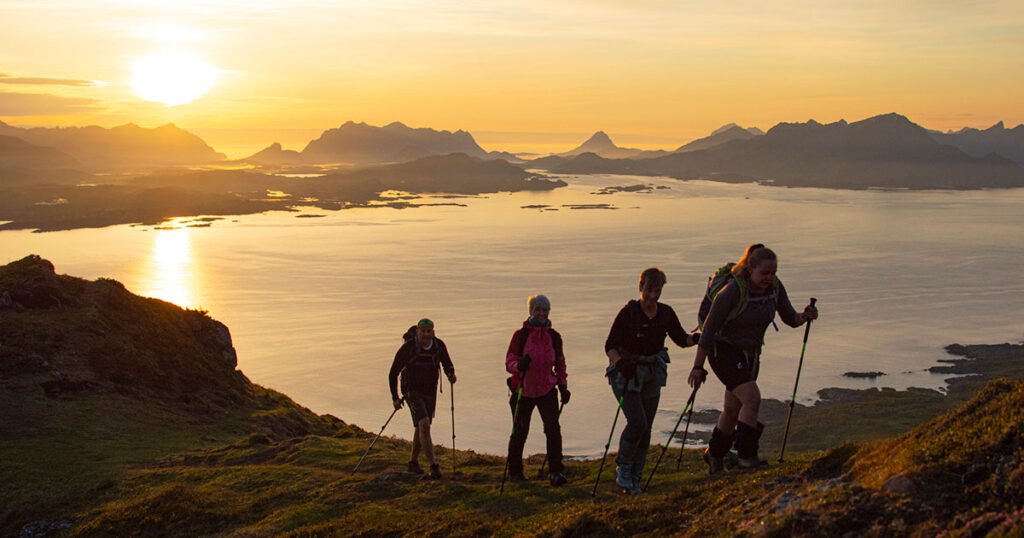
With nearly 24 hours of daylight, you can hike mountains like Kirkjufell even at midnight!
White-Water Rafting in Glacial Rivers
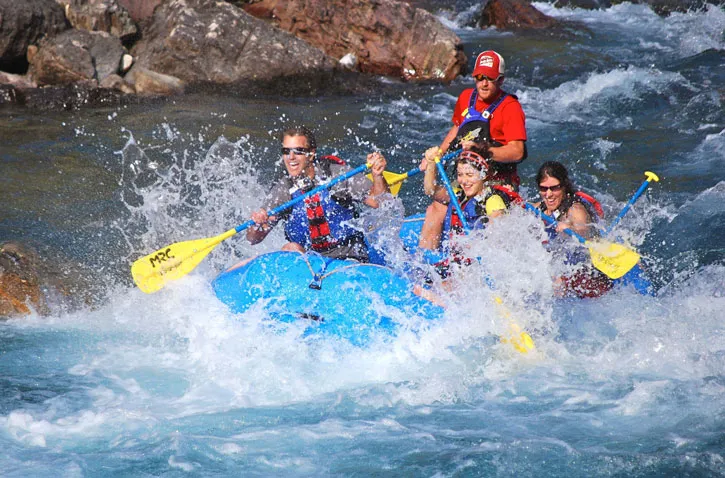
Feel the rush of rafting through turbulent glacial waters in North Iceland.
Whale Watching in Husavik
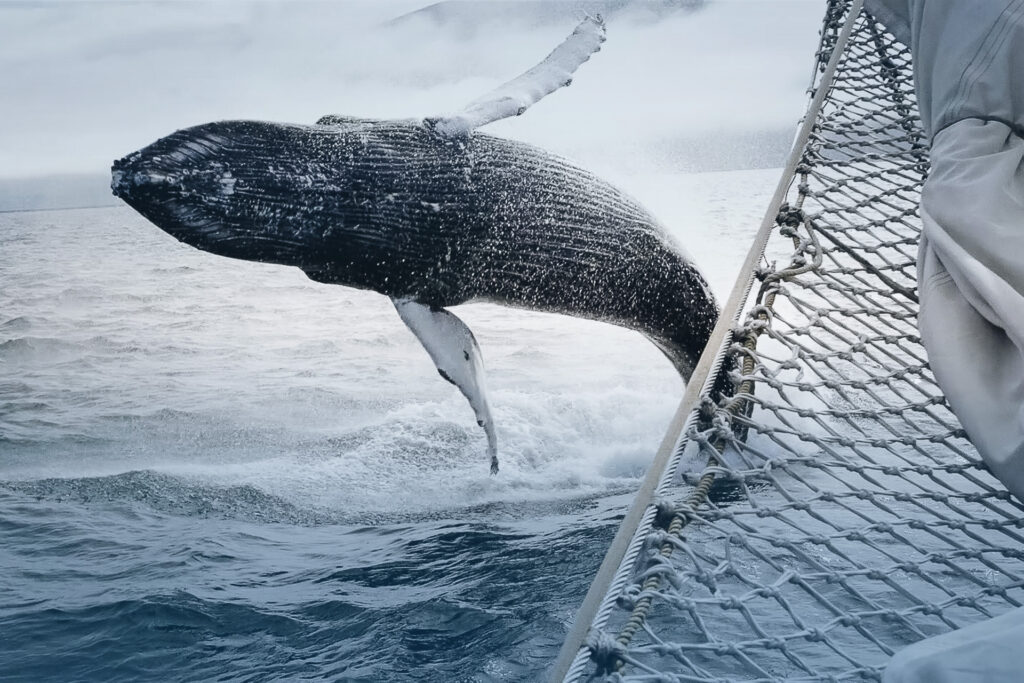
Summer brings migratory whales to Iceland’s northern shores, making Husavik the whale-watching capital.
Highland Trekking (Laugavegur Trail)

The Highlands become accessible in summer, offering some of Iceland’s best multi-day treks.
Diving Between Tectonic Plates in Silfra
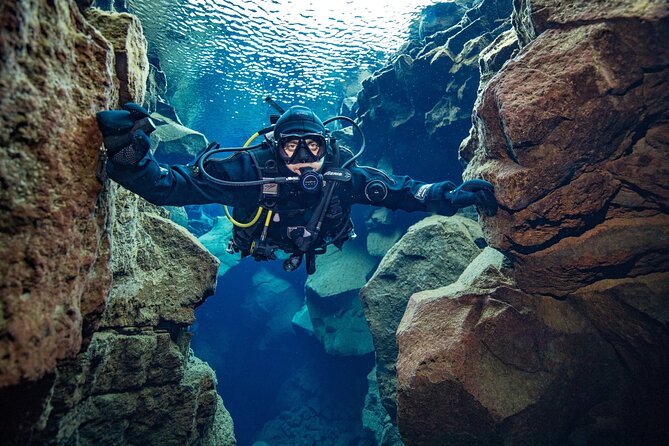
Experience the ultimate thrill by snorkeling or diving in the crystal-clear waters of Silfra, between the North American and Eurasian tectonic plates.
Fall Adventures (September – October)
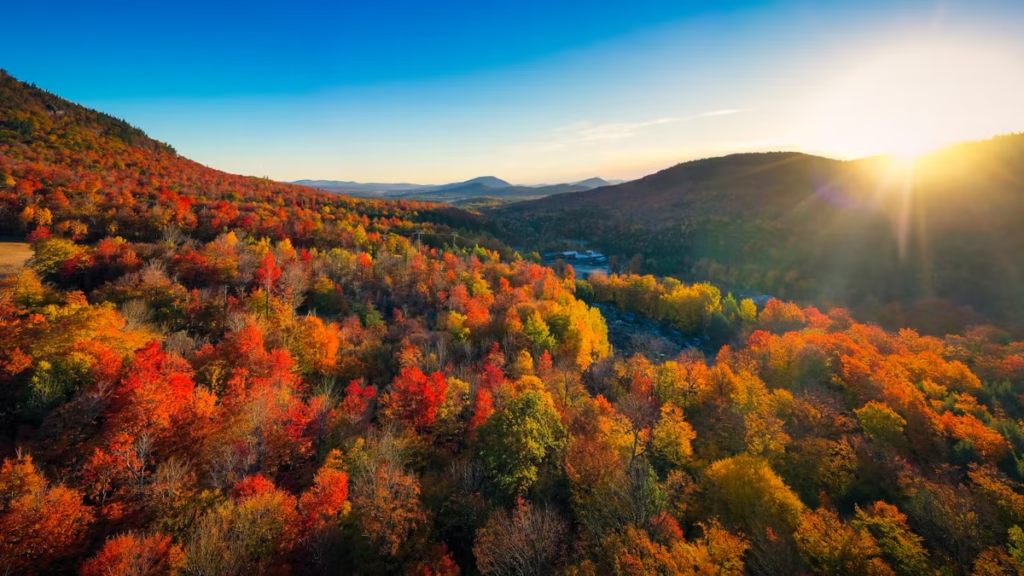
Autumn in Iceland is a hidden gem—fewer tourists and stunning fall colors make it a magical time to visit.
Golden Circle with Fall Foliage
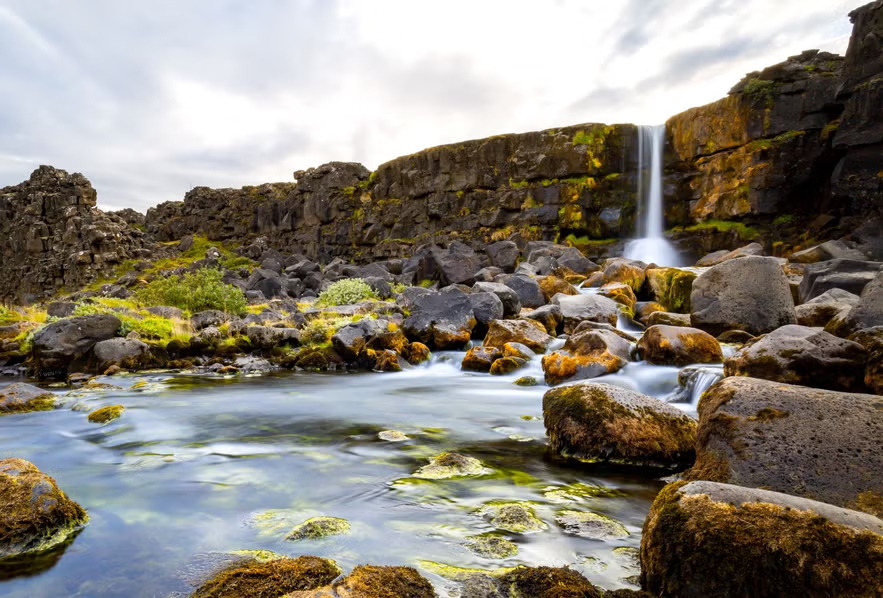
See the famous Golden Circle landmarks with a beautiful autumn backdrop.
Off-Road Adventures in the Highlands
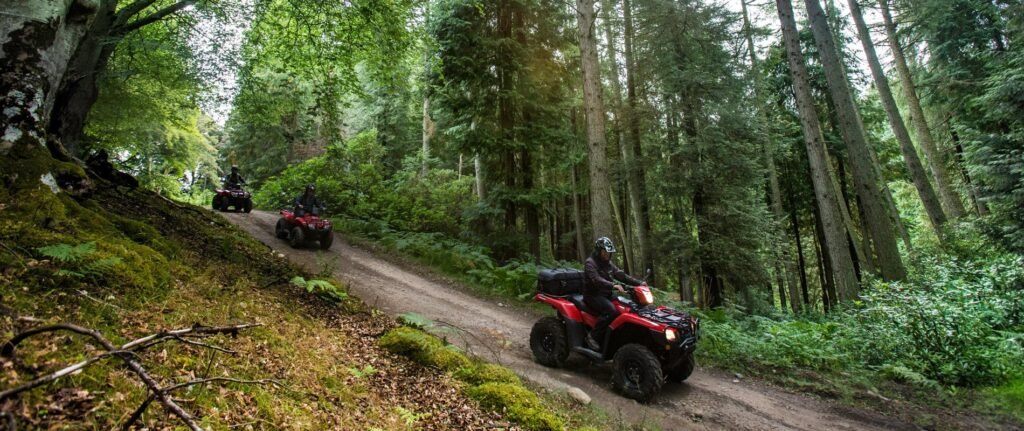
September is the last chance to explore Iceland’s remote highlands before winter closes the roads.
Northern Lights Return
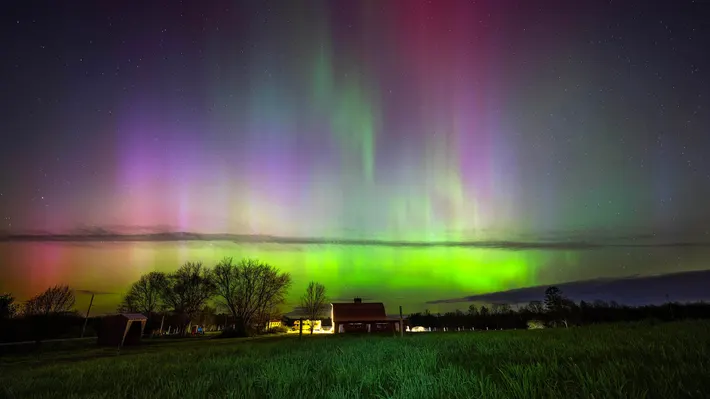
By late September, the Aurora Borealis is visible again, making this a great time to visit.
Surfing in the North Atlantic
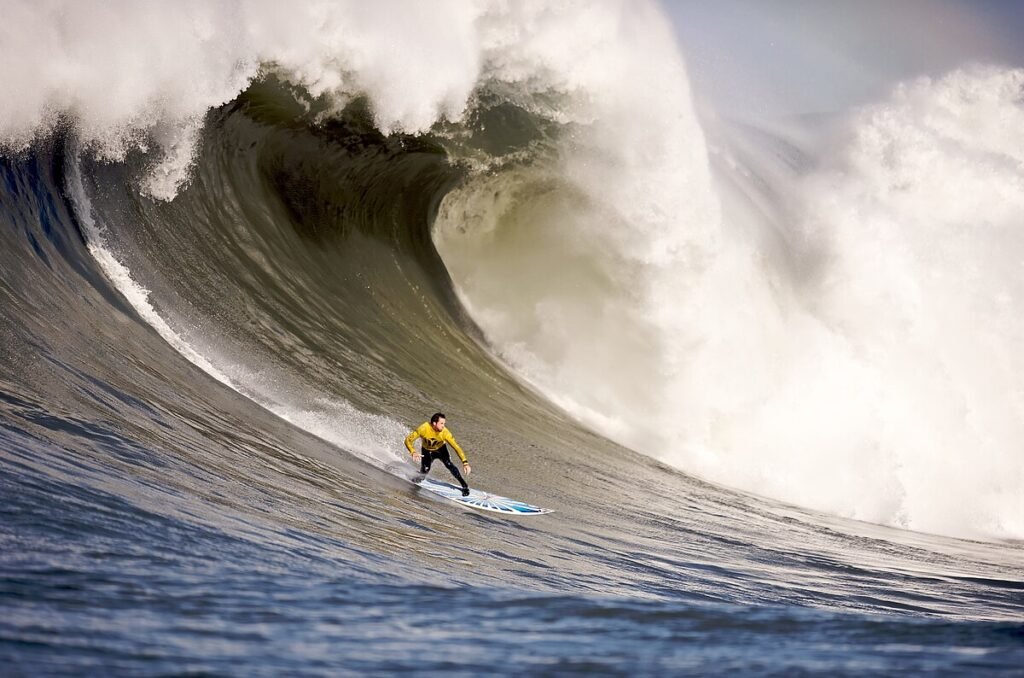
For extreme sports lovers, Iceland’s rugged coastline offers some of the most challenging surf spots in the world.
Conclusion
The best time to visit Iceland depends on your adventure goals. If you crave icy thrills, winter is unbeatable. For trekking and highland adventures, summer is ideal. Want a balance of activities? Spring and fall offer the best of both worlds. Whatever season you choose, Iceland will leave you breathless!




